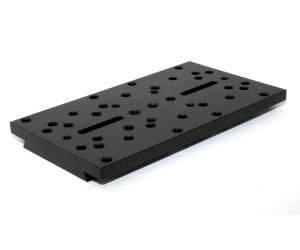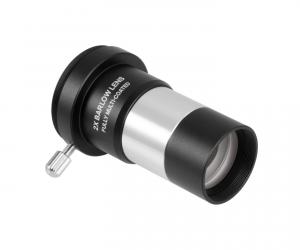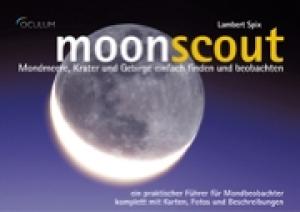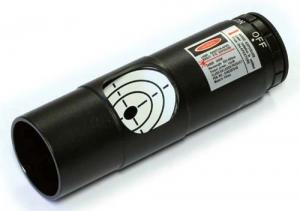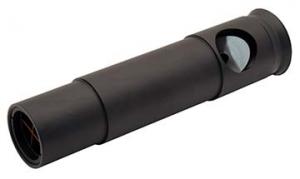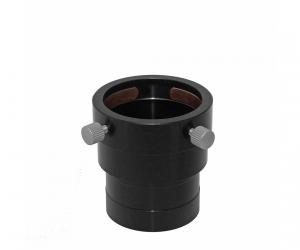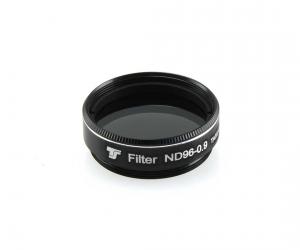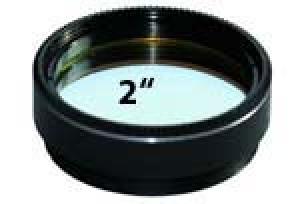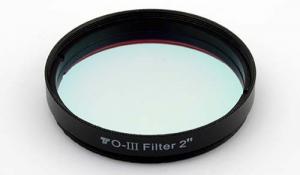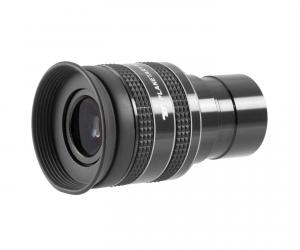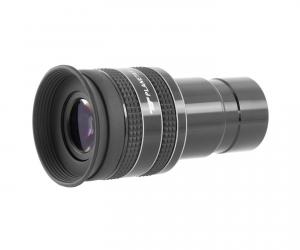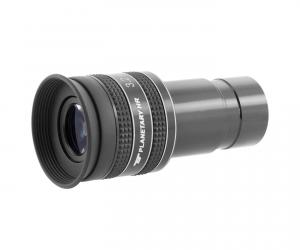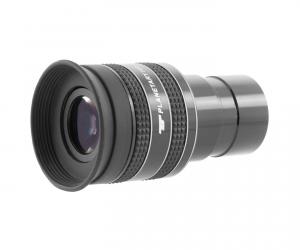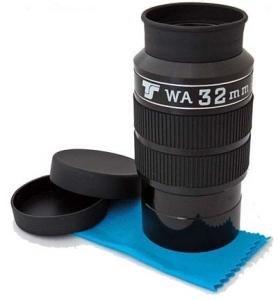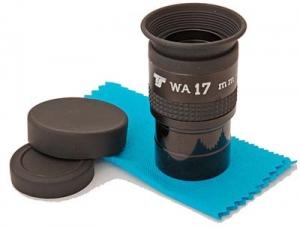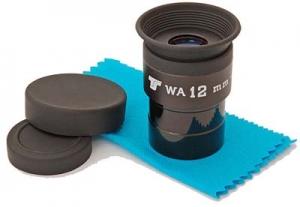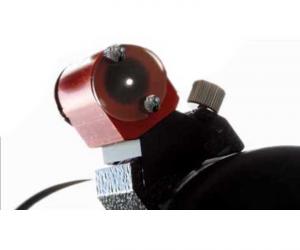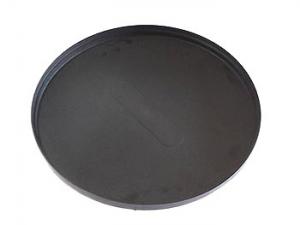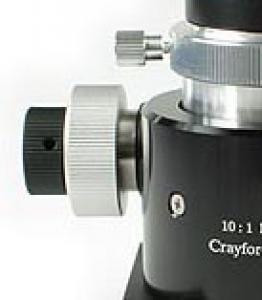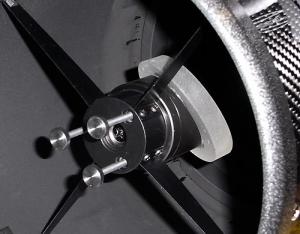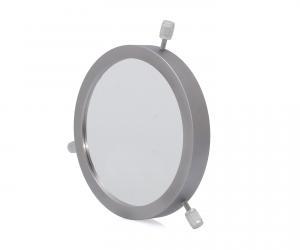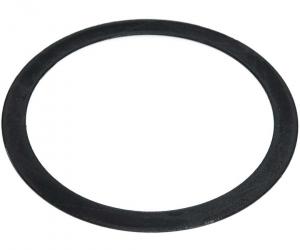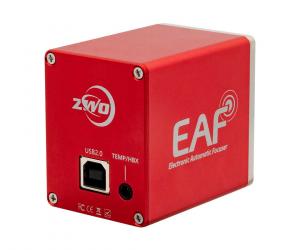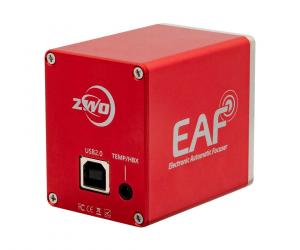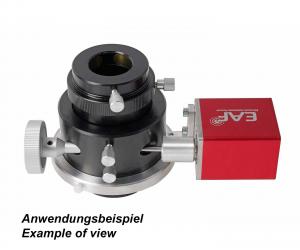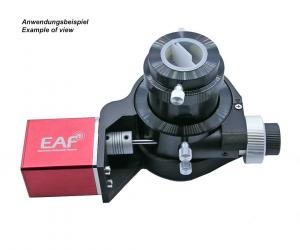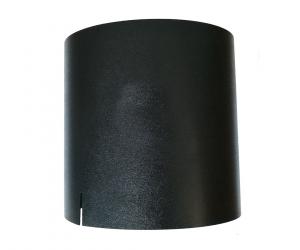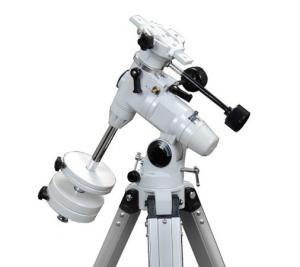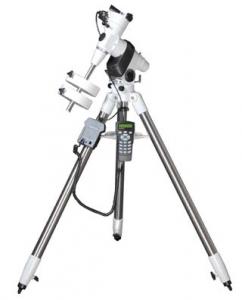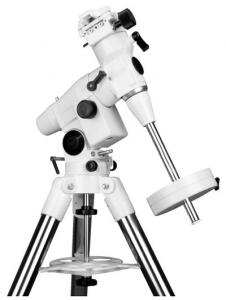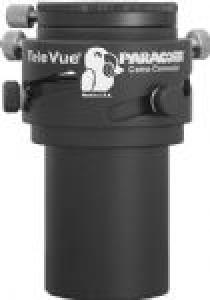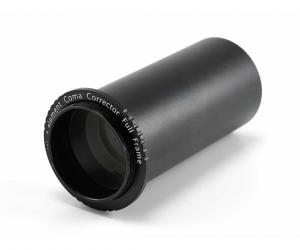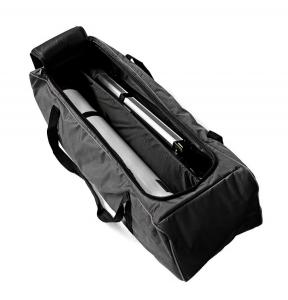- Telescopes
- Overview:
Telescopes - Achromatic Refractor
- Apochromatic Refractor
- Overview:
Apochromatic Refractor - ED Refractor - less color aberration than an achromatic
- SD APO - color free 2-element APO objective
- EDT APO - 3 element ED objective
- High End APO with 3-element APO objective - no color aberation
- Flatfield APO with flat field for Astrophotography
- All Apos and EDs from all manufacturers - large overview
- TS APO and ED from Japan with high quality optics
- Overview:
- Newtonian Telescopes
- Dobsonian Telescopes
- RC Ritchey Chretien Telescopes
- Casssegrain Telescopes
- Reflektor Telescopce with Lens Correcture
- Maksutov Cassegrain Telescopes
- GoTo Telescopes
- Solar Telescopes H-Alpha
- Overview:
- Mounts Tripods Rings Rails Power Supply ...
- Overview:
Mounts Tripods Rings Rails Power Supply ... - Mounts Equatorial with GoTo
- Mounts Equatorial without GoTo
- Mounts Azimutal with GoTo
- Mounts Azimutal without GoTo
- Mounts GoTo - Harmonic Drive
- Travel mounts for astro imaging
- Tripods Piers Polar Wedges
- Mount Control & Electronics
- Dovetail Clamps, Plates and Mount Adapters
- Tube Rings
- Power Supply
- Counterweights Balance Weights
- Mount Accessories - Other
- Overview:
- Telescope Accessories
- Overview:
Telescope Accessories - Eyepieces
- Barlows & Reducer Lenses
- Diagonal Mirrors and Prisms
- Binocular Viewers
- Finder Scopes
- Telescope Collimation and Test
- Cleaning Tools
- Transport and Storage
- Dust protection for Telescopes & Accessories
- Stray Light Protection
- Dewcaps and Heater
- Focusers, Adapters, Motorfocus
- Telescope DIY & Improvement
- Other telescope accessories
- Replacement Parts
- Overview:
- Filters
- Overview:
Filters - Color Filters and Color Filtersets
- Nebular Filters for Visual Observing
- Neutral-Density and Polfilter
- Photo Narrowband Nebular Filters
- Photo Broadband Filters
- Photo Planetary Filters
- Photo R-G-B and IR Cut Filters
- Photo - Filtersets
- Photometric Filters
- Clip Filter for DSLR Cameras
- Filter Wheels and Filterslider
- Solar Filters for white light
- Solarfilter for H-Alpha and Calcium
- Overview:
- Adaptors
- Overview:
Adaptors - Adapter 1,25" and 24,5mm
- Adapter 2"
- Adapter T2 - M42x0.75
- Adapter M48x0,75
- Adapter M54
- Adapter SC
- Adapter M63
- Adapter M68
- Adapter to other Threads
- Adapter Extensions
- Adapter camera bayonet
- Adapter Objective Filterthread
- Adapter Quick Changing , Rotation
- Adapter Eyepiece Projection
- Adapters Tilting
- Overview:
- Astrophotography and Photography
- Overview:
Astrophotography and Photography - Cooled Cameras
- Cameras without Cooling
- Deep-Sky Cameras uncooled
- Set-Offers Camera, Filter, Wheels
- Acessories for Cameras
- Travel mounts for astro imaging
- Imaging Correctors for Telescopes
- Autoguiding Cameras & Sets
- Everything for Guiding
- Focusing aids - Bahtinov mascs
- Flat Field foils and boxes
- Lenses for Cameras
- Piggyback Camera Holder
- Camera Bags, Photocases & more
- Digital Camera and Smartphone Adapter
- Other photo accessories
- Overview:
- Binoculars, Spotting Scopes, Microscopes, Range Finders
- Overview:
Binoculars, Spotting Scopes, Microscopes, Range Finders - Roof Prism Binoculars
- Binoculars with Porro prisms
- Binoculars from 100mm Aperture
- Binoculars with 1,25 inch eyepieces
- TSMX APO Binoculars
- Binoculars for Astronomy
- Binoculars Hiking Bird watching
- Monoculars - Opera Binoculars
- Accessories for Binoculars
- Spotting Scopes
- Range Finders
- Microscopy
- Bags for Phototripods & Binoculars
- Overview:
- Phototripods and Binomounts
- Books, Software
- Overview:
Books, Software - Books for Astronomy Beginners
- Star Charts and Planispheres
- Books about our Solar System
- Observing Tips for Amateurs
- Popular Astronomy Literature
- Teaching material
- Astrophotography books
- Telescopes, Observatories, Construction
- Calendars Yearbooks
- Software, Star Charts
- Books for Microscopers
- Books Nature and Animals
- Nature Photography TimeLapse
- Overview:
- Night Vision, Magnifiers, Weather, Domes & more
- Beginner Astronomy and Gift Ideas
- Second Hand & Special Offers
- New products
Manufacturer: -TS Teleskope
Product number: TPM6F6
EUR399.00new
EUR 399,00
incl. 19 % VAT (DE)
The VAT indicated refers to that applicable in Germany. After logging in, the VAT amount is adjusted to the applicable VAT of the stored delivery country. Therefore, the final price may vary accordingly.
excl. 9.95 € shipping costs (DE)
more details to the shipping costs ...Please log in to calculate shipping costs to your country.
rating: 5.0 of 5TS-Optics GSO Photon 6" F6 Advanced Newtonian Telescope with Metal Tube1
- Details..
- Technical data..
- In the box..
- Reviews..
- FAQ..
TS-PHOTON 150/900 mm Advanced Newtonian for Observation
This Newtonian reflector telescope of the TS-PHOTON series provides much light and features which you will hardly find in this price class. 150 mm aperture already show thousands of deep-sky objects with many details. Resolve globular clusters into single stars or view details of the well-known nebulae. Thanks to the high-quality of the parabolic primary mirror, the Newtonian also shows many detail on moon and planets. With the optional 2" extension TSV235, you can focus all eyepieces easily (see recommended accessories).There are many Newtonian telescopes for astrophotography, but this telescope is optimised for observation.
Almost any Newtonian comes with a focus position which is optimized for astrophotography. Often the result is insufficient illumination due to too small a secondary mirror (or too much obstruction due to to a too large one) and an unnecessary large focus distance. The 150 mm f/6 Newtonian provides sufficient working distance for all eyepieces, even the ones with an extreme focus position. Eyepieces with a field stop at a very low position should be pulled out of the focuser a little bit for focusing. Alternatively, an extension tube (TSV235) can be used.Together with GSO, TS has created a Newtonian which provides best results for the visual observer. The secondary mirror has 45 mm minor axis which results in very high contrast and sharpness for moon and planets. The image matches the typical one of an excellent 4.5" apochromatic refractor and at least the one of a very good 105 mm apochromat. The image is even brighter.
With a focus position approximately 50 mm above the 2" receptacle, almost any common eyepiece can easily be focused, the illumination allows even using 2" eyepiece with full brightness over the entire field. By the way: due to an aperture ratio of 1:6, Plössl eyepieces can be used. Their low number of optical elements results in less stray light.
This instrument comes very close to the visual 6" Newtonian which is asked for in several astronomy forums - finally!
The 2" Crayford focuser
More simple telecopes have a 1.25" focuser - sometimes not even made of metal. Of course, this 2" focuser is made of metal. The drawtube is mounted on ball bearings. Even heavy cameras and eyepieces are held without effort, sensitive focusing is possible. The focuser is supplied with a reduction adapter for 1.25" barrels. 2" and 1.25" accessories are locked gently and safe by compression rings.A superb beginner´s telescope
Thanks to its convenient handling and its solid build, this PHOTON Newton is ideally suited for beginners. For this Newton telescope we recommend the Skywatcher mount EQ3 or EQ5. You find both mounts in our accessory section below. From the outset you achieve wonderful observations of moon and planets, but also of Nebulae and galaxies with this telescope.[{General information and features of
TS-PHOTON Newtonian telescopes:}]
But what if you want to start in astrophotography, though?
Taking images of moon and planets is no problem using eyepiece projection or a Barlow lens. But if you want a coma corrector and perhaps a DSLR for deep sky imaging, there is a possibility:♦ TSGPU - this corrector puts the focus position about 20mm further out, so you can easily focus with all common cameras (DSLR, system or astro cameras).
♦ TeleVue Coma Corrector VIP-2010 - this corrector has the effect of a Barlow lens, it extends the focal length by 15% and brings the focal plane further outward. With this, you take images with all common DSLR and CCD cameras again, too.
Introducing the TS PHOTON telescope series
A picture is worth a thousand words, a video is even more helpful - so TS made one:Collimating Newtonian telescopes made easy
Collimating a Newtonian telescope is not difficult at all, as the following video shows:Astrophotographic results obtained with this telescope on Astrobin
Here you can find some astrophotographs made with this telescope model: Link to Astrobin| Aperture: | 150 mm (6") |
| Focal length: | 900 mm |
| Focal ratio: | f/6 |
| Primary mirror: | Parabolic mirror with 94% enhanced reflection and protective quartz layer |
| Secondary mirror: | 45 mm |
| Focuser: | 2" Crayford focuser with adapter to 1.25" and compression ring |
| Working distance: | 50mm from 2" connection |
| Weight of the tube: | 5.9 kg |
| Diameter of the tube: | 179 mm |
| Length of the tube: | 845 mm |
Astrophotographic results obtained with this telescope on Astrobin
Here you can find some astrophotographs made with this telescope model: Link to AstrobinQuestion:
What is the function of the six screws behind the primary mirror?
Answer from Teleskop-Service:
The six screws are for the adjustment (collimation) of the primary mirror. The small screws with the slit fix the position. With the bigger screws you can adjust the collimation. And this is how it works:
Recommended accessories
Accessories for mounts
Barlow, Corrector, Reducer
TS-Optics 2x Barlow Lens achromatic 1.25" with T2 Photo Connector
EUR 32,90RRP EUR 36,00you save 8.6% (EUR 3,10)
Books
Cleaning & Collimating
Eyepiece-side accessories like Filters
TS-Optics 1.25" Grey Filter ND 09 - 13% Transmission - Neutral Density
EUR 22,87RRP EUR 24,90you save 8.2% (EUR 2,03)
Eyepieces
TS-Optics 32 mm 2" - 70° Wide Angle Eyepiece
EUR 124,90RRP EUR 139,00you save 10.1% (EUR 14,10)
Finder & Accessories
General Accessories
Mounts
Photo Acessories
Transport & Covers
TS-Optics Padded Transport Bag with internal Divider - length 1000 mm
EUR 89,98RRP EUR 104,00you save 13.5% (EUR 14,02)
Reviews
Written by Vitaly Mizonov
on 2021-08-24
Hello! Acquired this telescope TS-Photon 6F6 in March 2021. Over 5 months, he conducted more than 15 field observations with this tool. The quality of the mechanics of optics is very high. With good seeing, it is possible to separate the binary stars Pi Aquilae 1.4". For planets, quality is better than in a 102mm APO refractor. With good seeing of details on the planets (Jupiter), more is visible. Galaxies and nebulae are significantly larger than in the refractor 102mm. When using a UHC filter, nebulae M8, M16, M17, M20, S33, S34, S20 are clearly visible. Star permeability is on the order of 10.5 stellar magnitude. The telescope is very pleased, I recommend for acquisition!
Written by Guy Nydegger
on 2020-05-25
"Feines Fernrohr."













